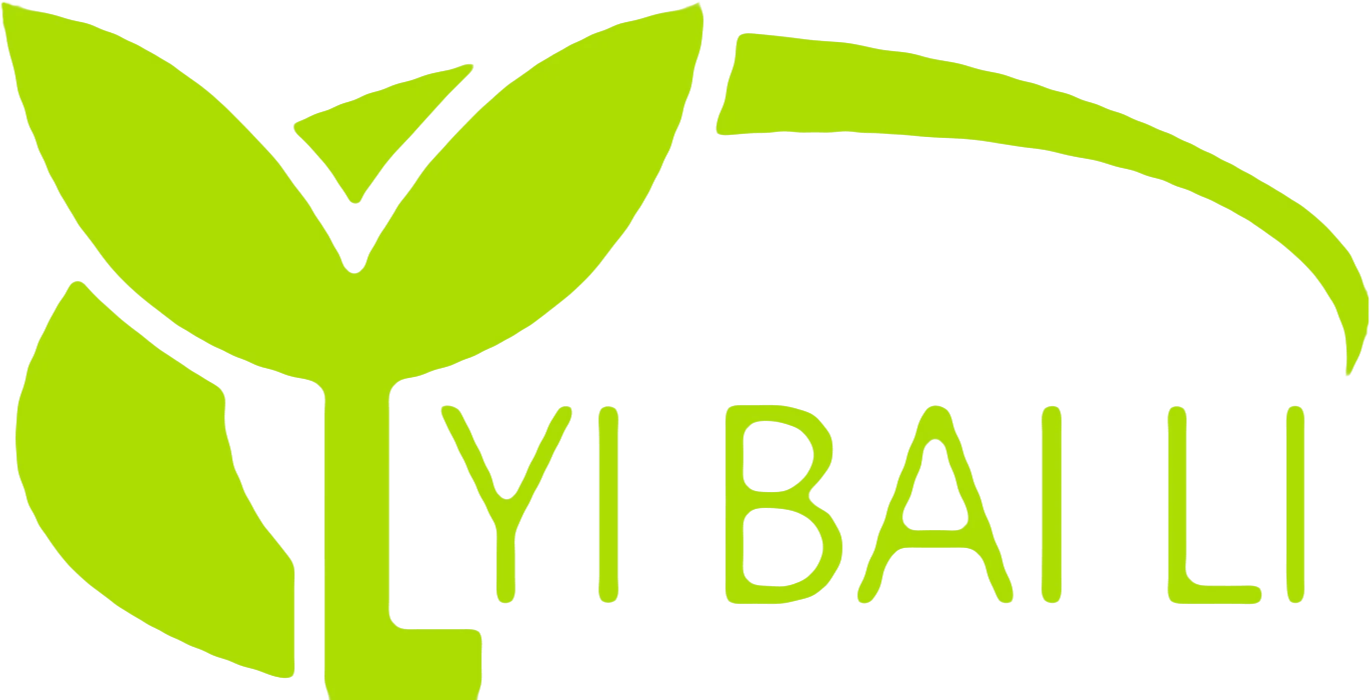Can't believe how much a heat - sealing lid can level up your food packaging
Understanding Heat-Sealing Lids for Food Packaging
Heat seal lids function as special closures for food packaging, creating those tight seals that keep everything fresh inside. Without them, packaged foods would lose their quality pretty quickly. The main job of these lids is to form an almost complete barrier against outside stuff getting in. They stop contaminants, oxygen, and moisture from messing with the food, which are all things that slowly ruin food products if left unchecked. Many manufacturers rely on this technology to maintain product integrity throughout shelf life.
Heat sealing works by heating up a special film layer that comes with the lid itself. The actual process happens when heat gets applied to this lid, usually via things like seal bars or bands. What happens next? Well, the thermoplastic material starts melting and sticks right onto the container edges. What we end up with is something pretty solid - an airtight seal that keeps moisture out and helps products last longer on store shelves. Getting this right matters a lot because even tiny little leaks can really mess up packaged foods. Nobody wants their snacks getting soggy or spoiled before they even get home from the store.
Benefits of Heat-Sealing Lids for Food Packaging
Heat sealed lids really make a difference when it comes to keeping products fresh and making them last longer on store shelves. They create a strong defense system against dirt and bacteria getting into the packaging from outside sources. What this means practically is less food goes bad, there's not so much wasted material, and what gets sold stays fresh for customers. Some research indicates that companies using heat sealing tech see about a 30% drop in spoiled goods. For grocery stores and manufacturers alike, this kind of improvement represents real money savings while still delivering good quality items to consumers even after sitting around for weeks or months.
Heat sealing lids really makes a difference in keeping food safe since they meet all those important regulations, which cuts down on chances of people getting sick from bad bacteria. When these lids form that tight seal, nothing gets into the package where it shouldn't be. That means cleaner food overall and fewer worries about contamination issues. For businesses out there trying to make sure what they sell doesn't harm anyone, this kind of tech isn't just helpful it's basically table stakes nowadays. Grocery stores especially need these seals because customers expect their snacks and meals to stay fresh until they get home.
Heat sealing tech in food packaging saves money while working pretty well too. When companies switch to this method, they spend less on things like preservatives and get their products packaged faster. The bottom line? Higher productivity without breaking the bank. Some businesses actually saw around 15 percent drop in packaging expenses once they started using heat sealed lids instead of traditional methods. That kind of saving makes sense for anyone running a food manufacturing operation these days looking to keep costs under control without sacrificing quality.
Types of Heat-Sealing Lids Available
In industrial food packaging, heat sealing lids play a really important role, and there are basically two options available: die-cut lids and rollstock material. Die-cut lids work great for single containers since they're already cut to fit specific shapes. This means better looking packages and less material going to waste. Then we have rollstock, which comes in big rolls that get cut right during packaging operations. This makes sense for fast moving production lines where speed matters most. The ability to switch between these options lets manufacturers handle different packaging needs while keeping things running smoothly and meeting those tough industry standards for both quality and output.
Heat sealing lids come in various materials these days, with PET being one of the most common choices along with polypropylene and aluminum. PET stands out because it's clear and strong enough to keep things visible inside the package while still creating a good seal that holds up over time. Then there's polypropylene which bends without breaking down easily, so it works great when packages need to withstand rough handling or repeated opening and closing. Aluminum has something special going for it too – it blocks out moisture, light, and oxygen really well, which means foods stay fresh much longer than they would otherwise. These different characteristics make each material better suited for particular types of food items, allowing manufacturers to pick what works best depending on what needs protecting inside those packages.
Choosing the Right Heat-Sealing Lid for Your Product
Choosing the right heat sealing lid makes all the difference when it comes to keeping products safe and customers happy. There are several important things to think about including whether the lid works well with the product itself, what temperature it needs to seal properly, and how strong the closure actually is. Different products have different requirements. Take dairy items for example they really benefit from lids that keep them fresh longer. Ready to eat meals need something else entirely something that creates an airtight seal so nothing gets contaminated during storage or transport. And then there's snack food packaging which presents its own challenges since people tend to grab these items and eat them wherever they happen to be at the moment. These packages need lids that are simple to open but still hold everything inside securely without any risk of spilling contents all over somewhere inconvenient.
Heat sealing lids show up all over the food packaging world because they work so well for different kinds of products. Yogurt cups are probably one of the most common places we see them these days since the seal keeps everything fresh and stops any leaks. For ready made meals that need to stay good during transport and storage, heat sealed tops make all the difference in keeping the food safe until someone actually opens it. Snack foods especially benefit when packaged individually, as the heat seal not only makes grabbing a quick bite easy but also prevents the contents from getting crushed or damaged. These little plastic seals might seem simple, but without them many of our favorite packaged foods would lose their appeal pretty quickly.
Real-World Example: Paper Noodle Bowl with Heat-Sealing Lid
Paper noodle bowls have become pretty much essential for quick service places, particularly those fast casual spots where customers want something tasty but don't want to wait forever. The bowls themselves are built tough yet convenient, made from two layers of paperboard that actually works really well. What makes them stand out is how they keep the noodles warm while holding up against all that soup and broth without leaking everywhere. Restaurant owners love these things because they work great for everything from ramen to pho to chicken and rice combos. In today's busy food scene where speed matters so much, having reliable containers that handle hot foods without falling apart just makes good business sense.
Adding a heat-sealing lid to paper noodle bowls offers multiple advantages worth considering. The most obvious benefit? Portability gets a real boost when there's a secure cover keeping everything inside where it belongs. No more worrying about broth spilling all over bags or backpacks during those busy commutes between work meetings. Plus, these lids do wonders for keeping meals hot longer. Who hasn't experienced that sad moment when their ramen goes cold halfway through lunch? The material used for these lids also matters quite a bit from an environmental standpoint. Many manufacturers now incorporate plant-based components that break down naturally after disposal. For restaurants trying to cut waste and customers who care about what happens to packaging post-meal, this combo of convenience, warmth retention, and eco-friendly materials explains why so many eateries have switched to these sealed bowls recently. They just make sense for everyone involved.
Future Trends in Heat-Sealing Technology
Recent changes in the heat sealing sector show real progress toward greener packaging. We're seeing lots of new stuff happening with materials that break down naturally and manufacturing methods that don't harm the planet so much. Environmental issues keep getting bigger problems for everyone, which means companies now spend serious time creating packages that cut down on carbon emissions and leave less trash behind. Many businesses test out different plant derived substances alongside regular recyclables. These materials work just fine while meeting what customers want these days when they care about green living. Looking ahead, this kind of packaging could actually help ecosystems instead of damaging them through all that garbage ending up everywhere.
The sealing process world is seeing some pretty big changes right now, especially when it comes to automation and what they call smart sealing tech. Automation has really taken off in recent years because it boosts production numbers without all the mistakes people tend to make. This means packages get sealed consistently no matter what kind of product we're talking about. Then there's this smart sealing stuff that actually puts sensors inside the machines. These sensors work with artificial intelligence to tweak how things get sealed on the fly. The result? Packages stay intact longer and companies waste way less material than before. Looking at all these improvements, it seems clear the industry is moving fast towards better efficiency and greener practices. Manufacturers who adopt these technologies are setting themselves apart from competitors while helping reduce their environmental footprint at the same time.
Frequently Asked Questions (FAQ)
What materials are commonly used for heat-sealing lids in food packaging?
Common materials include PET (polyethylene terephthalate), polypropylene, and aluminum, each offering different benefits in terms of strength, flexibility, and barrier properties.
Why are heat-sealing lids essential for food safety?
Heat-sealing lids create an airtight barrier that prevents contaminants from entering the packaging, reducing the risk of foodborne illnesses and ensuring the product remains safe for consumption.
How can businesses benefit economically from using heat-sealing lids?
Businesses can reduce operational costs, such as minimizing the need for preservatives and enhancing packaging speed, leading to savings and increased productivity.
What technological advancements are influencing the future of heat-sealing lids?
Innovations such as automation and smart sealing technology, which use sensors and AI to optimize sealing processes, are enhancing efficiency and reducing material waste.

 EN
EN
 FR
FR
 JA
JA
 RU
RU
 ES
ES
 AR
AR
 BG
BG
 CS
CS
 DA
DA
 NL
NL
 FI
FI
 DE
DE
 EL
EL
 HI
HI
 IT
IT
 KO
KO
 NO
NO
 PL
PL
 PT
PT
 RO
RO
 SV
SV
 TL
TL
 ID
ID
 LT
LT
 SR
SR
 UK
UK
 VI
VI
 HU
HU
 TH
TH
 TR
TR
 FA
FA
 AF
AF
 MS
MS
 GA
GA
 EU
EU
 LA
LA
 NE
NE
 KK
KK
 UZ
UZ

